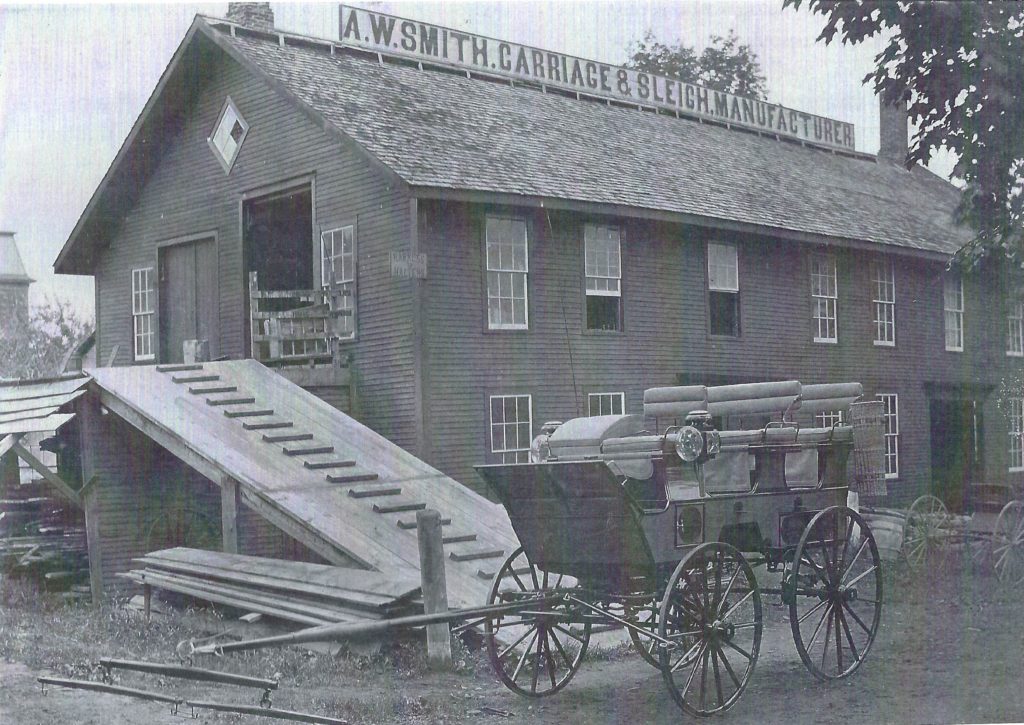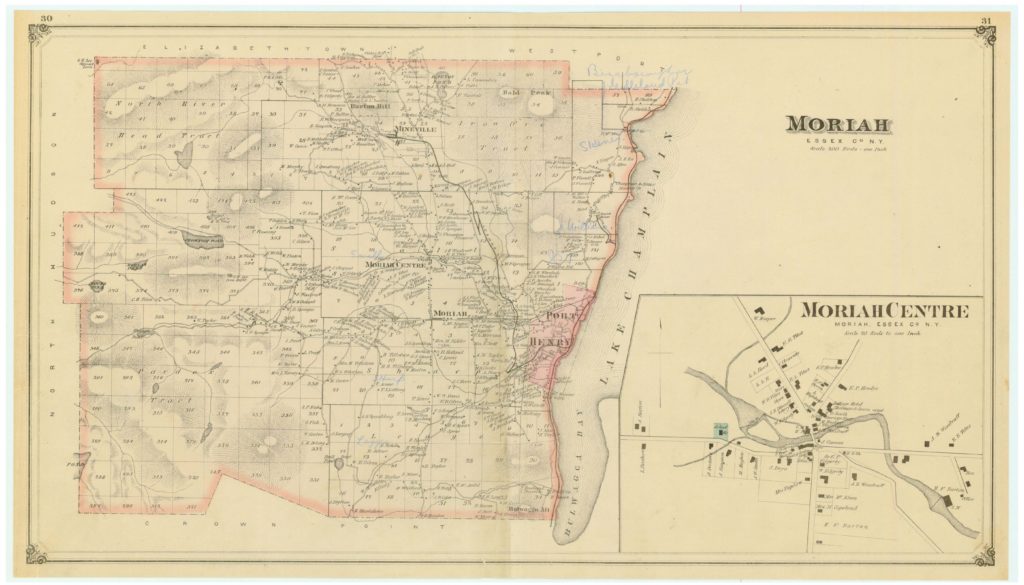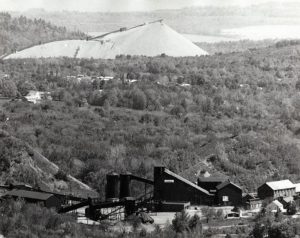Andebit et beaqui corendit, ut quostes esciendion re dit ad et prae parion es quia quas alibus sam, omnim faciden ducipidiat arum autem nobis enis es voat

10. Driving through Moriah Center-Moriah Corners
The Lumber Industry Builds the Foundation for Iron Mining
Listen to the Audio Narration of the Iron Story Part 10

The origins of Moriah are similar to those of Crown Point. It was water—and the power it offered—that dictated the first centers of activity. The first permanent settlement in Moriah was in 1793, near Moriah Corners. And much like Putnam Creek in Crown Point, Mill Brook was an excellent source of water power to supply lumber mills. Moriah Corners was originally a trading post, meeting the needs of the local farmers along the relatively flat and fertile lands west of Lake Champlain. Moriah Center lay between the business district to the east and the hillier, rocky region to the north of town.

It was lumber first, and then later iron that nurtured the town. In 1820, Moriah had a population of 842. By the 1830s, there were more than 30 sawmills operating in Moriah, centered on Mill Brook. Several stores, taverns, two blacksmiths, a harness shop, one school, and two post offices accommodated the needs of the population, which numbered around 600. And by 1880, at the height of iron mining, the population of Moriah had exploded to 7,379.
The lumber business reached its peak by the 1840s. In 1869, iron mining was outpacing the lumber business. That same year, the worst flood in the town’s history nailed lumber’s coffin shut. Torrential rains caused Ensign Pond to flood and the banks of Mill Brook to overflow. More than 30 sawmills and all other buildings along its banks washed away. The lumber business never recovered. But the iron industry grew.
In the town of Moriah during the mid-1800s, some 17 separate mining companies had operations. Eventually, two corporations dominated: The Port Henry Iron Company (see Learn More about this company) and Witherbee, Sherman Company. These companies, in an effort to gain dominance, exerted, as historian Valerie Rosenquist describes, “a loose kind of paternalism over the townspeople.”

The main iron players in Moriah were Silas H. and Jonathan G. Witherbee, who were mining iron ore as early as 1840. Witherbee Sherman & Company formed in 1862 when Silas and Jonathan bought out partner John A. Lee from the firm of Lee, Witherbees and Sherman. They developed company towns with architecture and planning that reinforced the company hierarchy. The company’s operations covered dozens of acres and were carried out in several locations: offices in Mineville and Port Henry, mines in Mineville-Witherbee, and furnaces in Fletcherville and later at its successor Cedar Point, on the lake—and a seven-mile-long railroad connected them all.
By 1900, that paternalism Rosenquist describes had become more “formalized.” She writes:
“No longer able to compete in a national market against such formidable competitors as U.S. Steel, it [Witherbee, Sherman] had to concentrate on obtaining the highest profit margin possible. This required no surprises from those sectors able to be controlled, which meant those relating to labor.”
In other words, it meant making the local people dependent on the company—evidence of which will become more visible as you continue this journey.
Travel Tools
As you approach Moriah Corners, you’ll see the huge iron tailings pile on your right. The architecture of the bar on Titus Street, next to the Mill Brook bridge, mimics, on a diminutive scale, the industrial buildings that once clustered around the mine shafts of Moriah.


